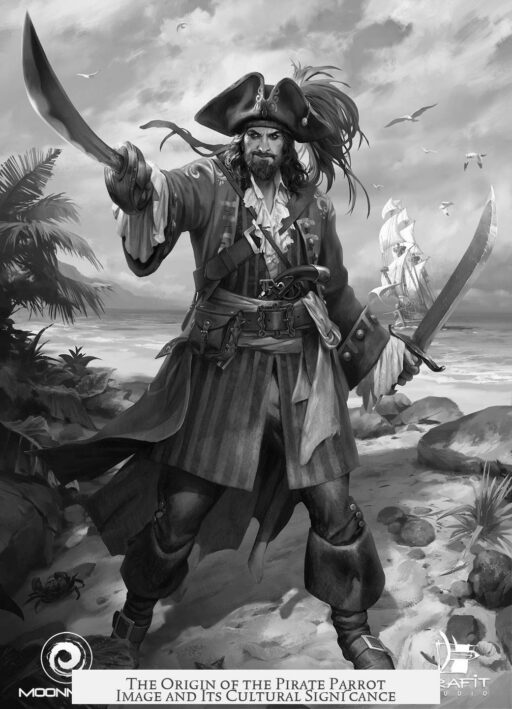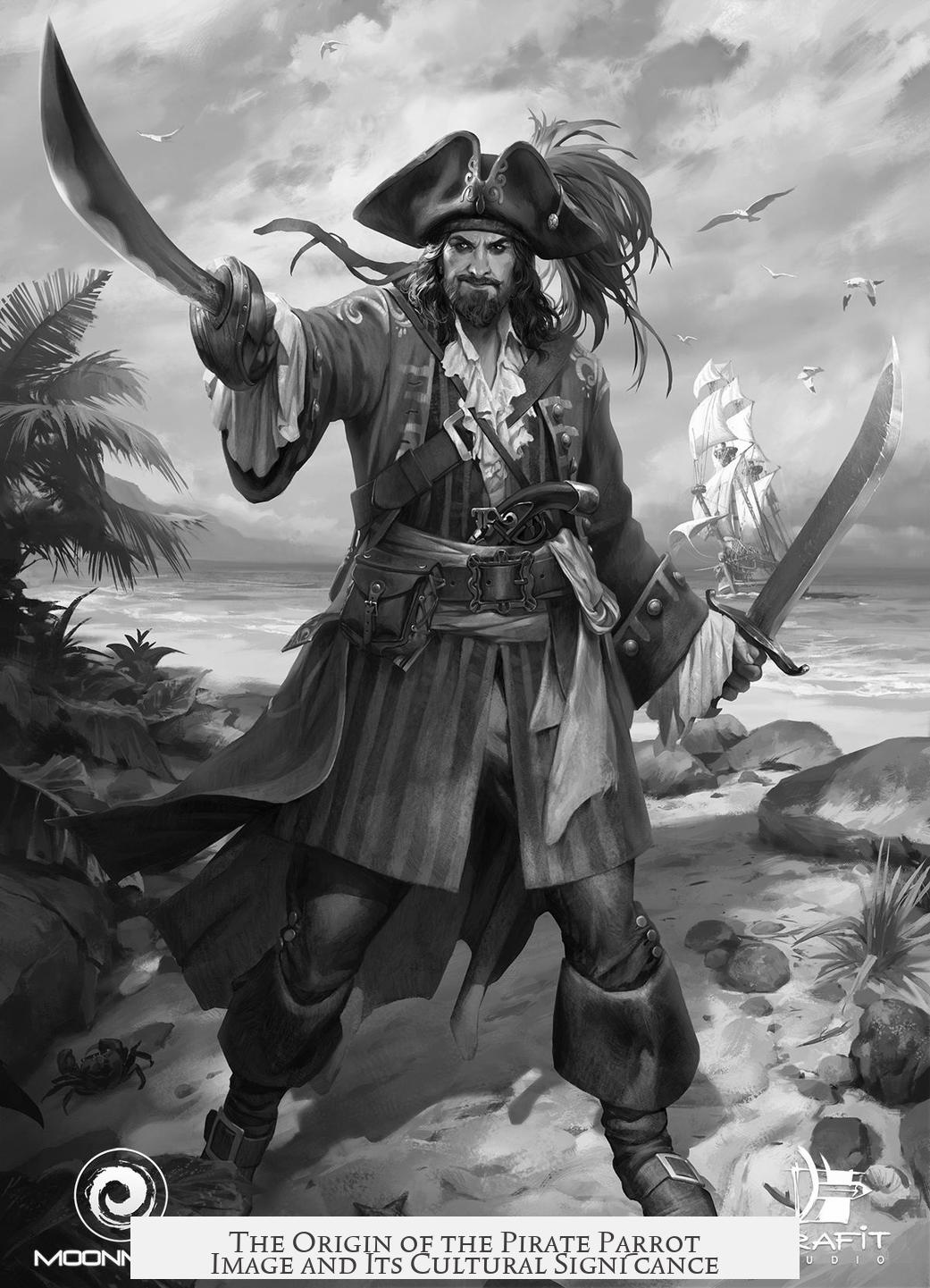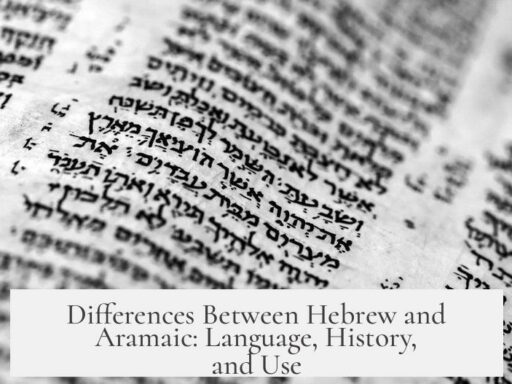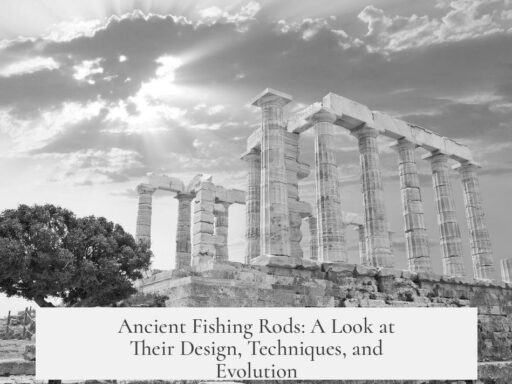The image of the “pirate parrot” originates primarily from Robert Louis Stevenson’s novel Treasure Island, where the character Long John Silver is famously accompanied by a talking parrot named Captain Flint. This depiction, introduced in the late 19th century, popularized the stereotype of pirates having parrots perched on their shoulders. Although largely a literary creation, it is grounded in historical facts that pirates did keep parrots during their voyages for various practical and symbolic reasons.
Before Treasure Island, pirates were not associated with parrots in popular or historical imagery. The characteristic parrot, along with other well-known pirate tropes—eye patches, wooden legs, hooks—emerged mainly through Stevenson’s work, the illustrations of Howard Pyle in the late 1800s and early 1900s, and mid-20th-century portrayals such as Disney’s Pirates of the Caribbean adaptations.
Pirates did keep parrots, and this practice had practical foundation. During the Age of Sail, sailors often acquired exotic animals in foreign ports, either for personal companionship or for resale in Europe and other non-tropical markets. Parrots, especially colorful species like macaws, were valuable trade items. Carrying such exotic pets symbolized wealth and status aboard pirate ships, similar to how modern luxury items signify affluence.
Parrots also served functional roles:
- They could alert pirate crews to distant cannon fire or approaching ships by their sharp hearing and vocalizations.
- Their capacity for mimicry made them useful for repeating spoken commands, aiding communication on noisy ships.
- Parrots provided entertainment on long, monotonous voyages.
- They required minimal food compared to cats or dogs and could protect themselves by flying away or hiding in the ship’s rigging during battle.
The parrot on the pirate’s shoulder symbolized more than companionship. It was a clear status indicator, akin to displaying a luxury car or expensive jewelry today. The practical position gave the parrot a good vantage point to watch for danger, further intertwining function and symbolism.
Historical records mention famous pirates such as Captain Henry Morgan who reportedly kept parrots. These instances give the stereotype a kernel of reality. However, it is Stevenson’s fiction that cemented the image in popular culture. The parrot’s association with piracy became a recognizable symbol, continuously reinforced by illustrated books, movies, and themed events.
| Aspect | Details |
|---|---|
| Literary Origin | Robert Louis Stevenson’s Treasure Island introduced Long John Silver’s parrot, Captain Flint. |
| Historical Basis | Pirates kept parrots as exotic pets; they symbolized wealth and status and had trade value. |
| Functional Roles | Alerting danger, mimicking commands, entertainment, low maintenance, and self-defense. |
| Famous Pirates | Captain Henry Morgan reportedly had a pet parrot. |
| Cultural Impact | Visuals by Howard Pyle and Disney popularized the stereotype in modern times. |
In summary, the pirate parrot stereotype is a blend of fiction and fact. It began as a fictional motif in late 19th-century literature but reflected real pirate customs. Parrots were prized by pirates for their exotic appeal, usefulness, and symbolic value. The enduring cultural image owes much to Stevenson’s narrative and subsequent artistic portrayals.
- The pirate parrot image originates mainly from Treasure Island (1883).
- Long John Silver’s parrot Captain Flint popularized the idea.
- Pirates historically kept parrots as exotic pets and trade items.
- Parrots served practical roles aboard pirate ships.
- Actual pirates like Henry Morgan kept parrots, providing factual background.
- Symbolically, parrots on shoulders indicated status and vigilance.
- Literature and media solidified the pirate-parrot stereotype widely.
Where did the idea of pirates having parrots first come from?
The image of pirates with parrots originated from Robert Louis Stevenson’s book, Treasure Island. Long John Silver’s parrot, Captain Flint, popularized this association.
Did real pirates actually keep parrots?
Yes, some real pirates, like Captain Henry Morgan, kept parrots. These birds were often exotic pets and could be traded for profit during long voyages.
Why were parrots practical pets for pirates?
Parrots could mimic human speech, alert pirates to danger, and required little care. They were also entertaining companions on long sea trips.
What does a parrot on a pirate’s shoulder symbolize?
The shoulder perch symbolized status and wealth. It was also practical, allowing the bird to spot approaching ships.
How did media and art contribute to the pirate parrot image?
Howard Pyle’s illustrations and Disney movies reinforced the stereotype after Treasure Island. This made the pirate-parrot image widely recognized.
Were parrots valuable animals for pirates beyond being pets?
Yes. Parrots were exotic and valuable, often traded in ports for profit, adding to their appeal as pirate companions.




